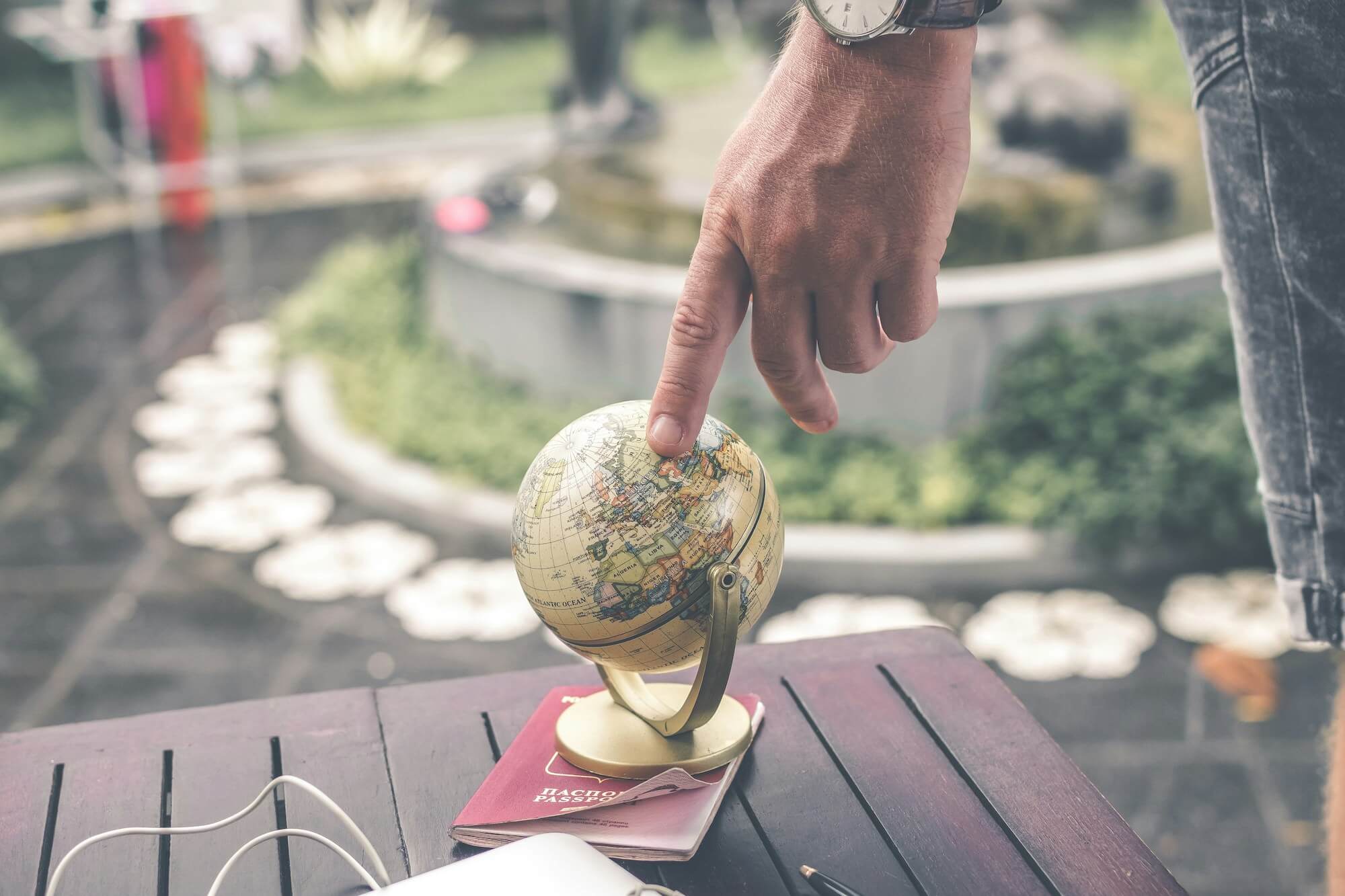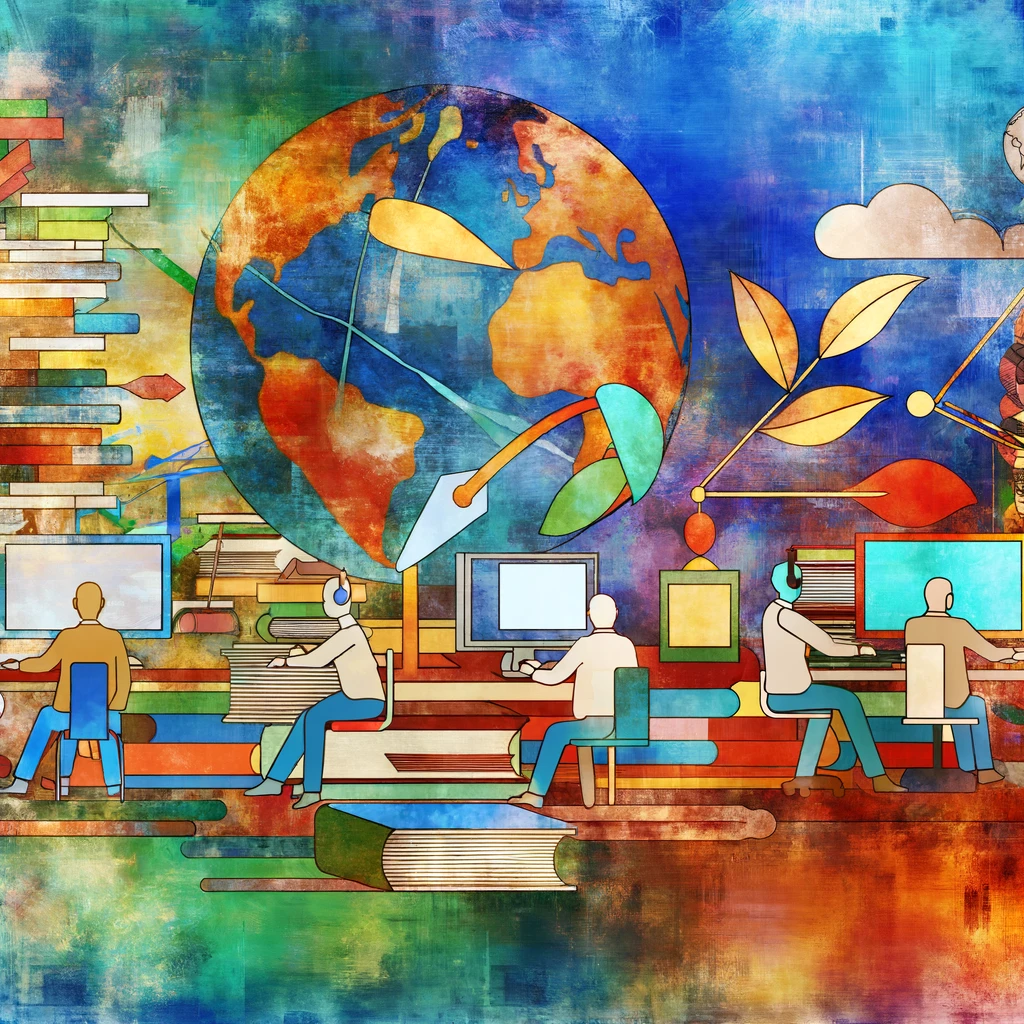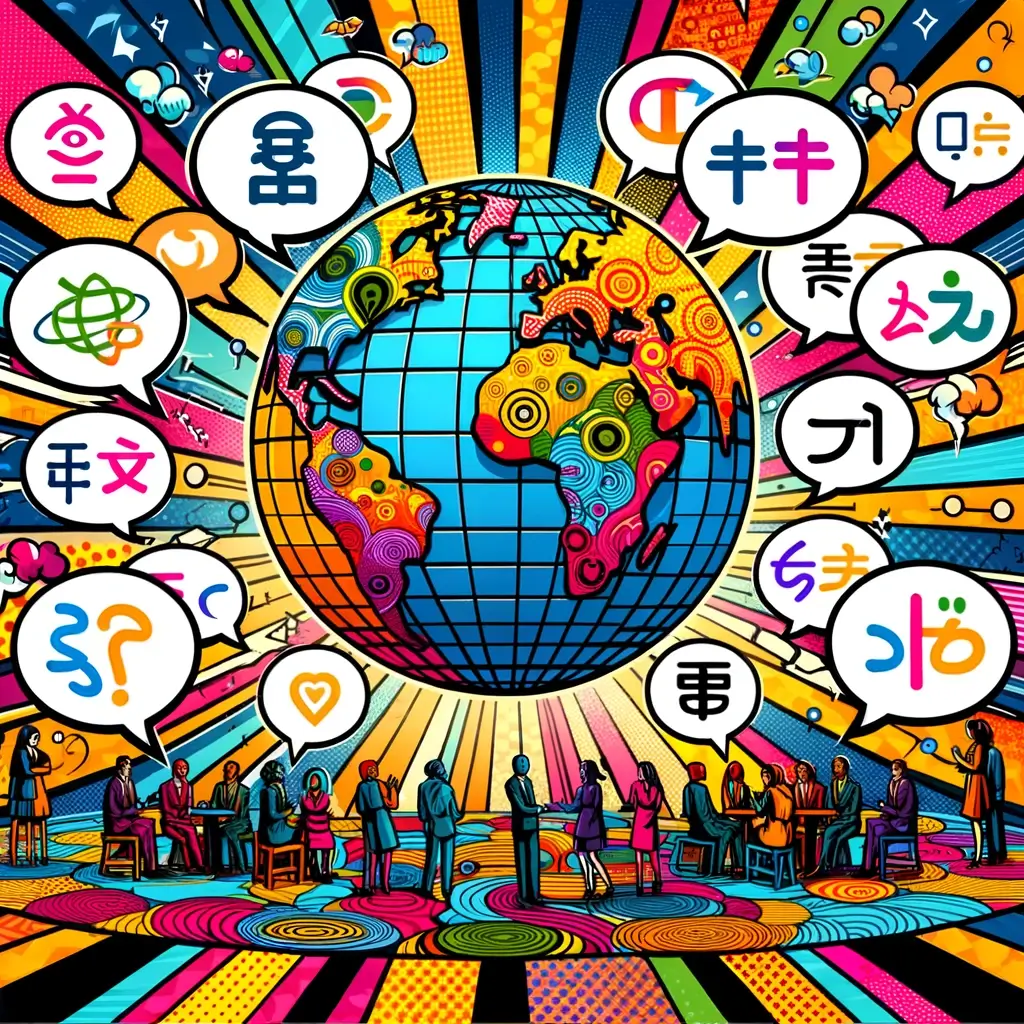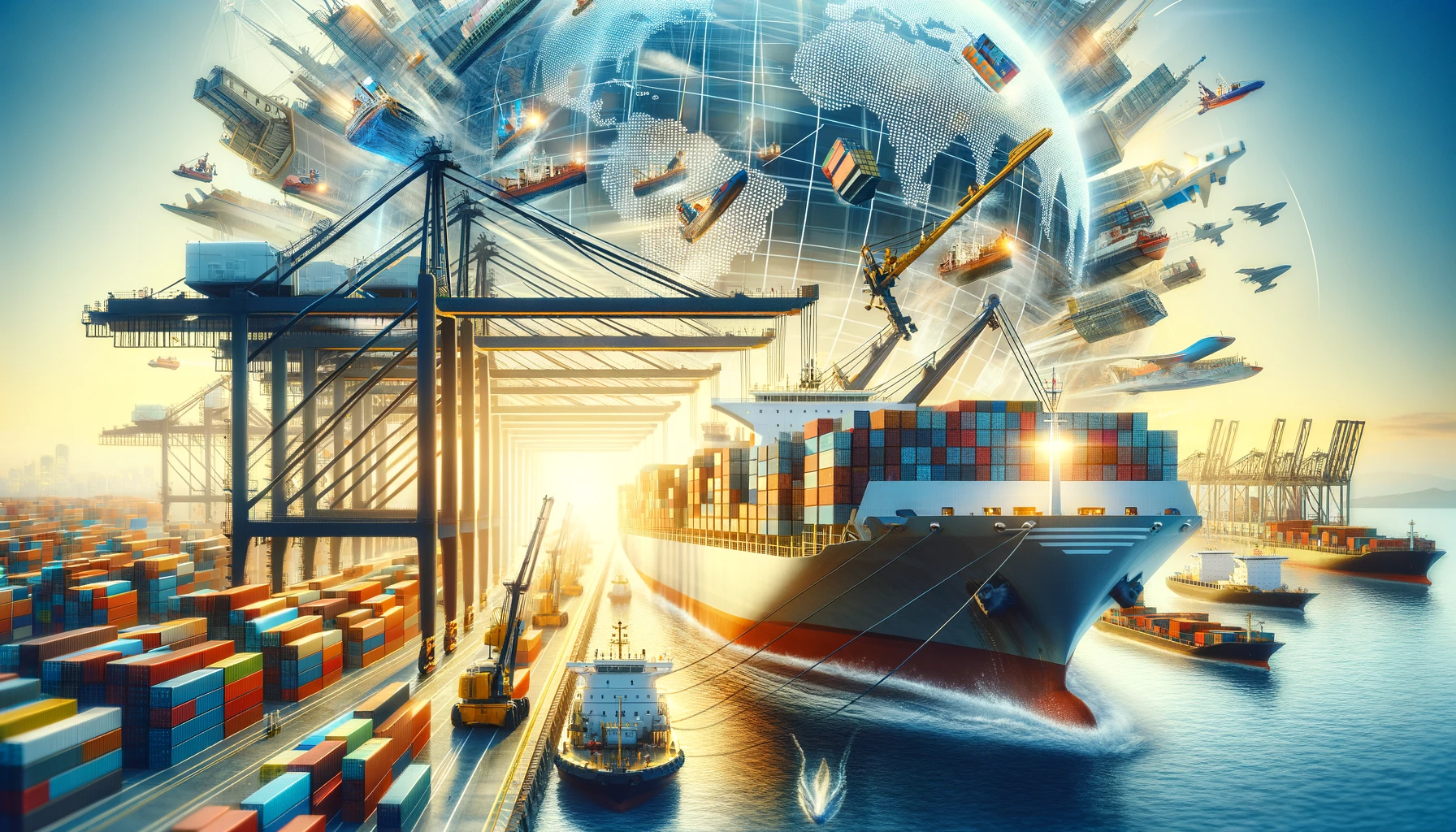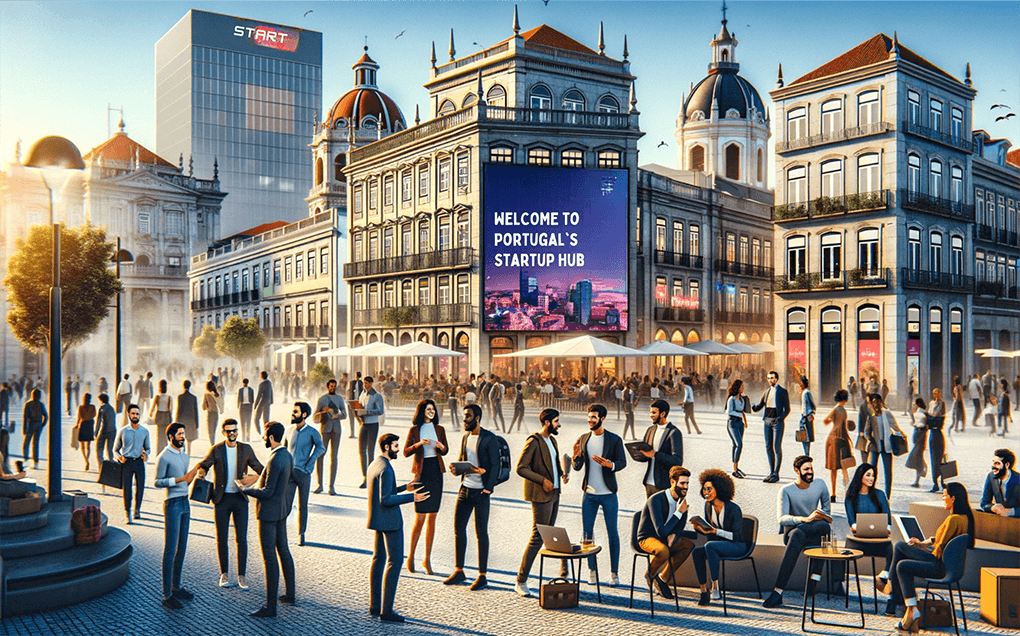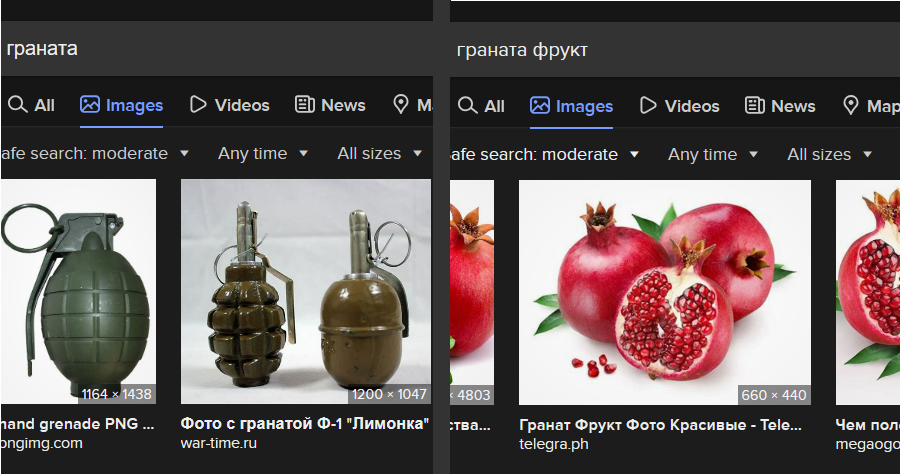Tradução certificada vs tradução jurídica vs certificação do serviço de tradução
É normal haver uma associação entre tradução certificada, tradução jurídica, tradução autenticada, tradução juramentada, ou certificação do serviço de tradução. Diariamente confrontamo-nos com questões que podem parecer evidentes para os profissionais do setor, mas que geram dúvidas ao cliente que procura uma solução para as suas necessidades.
Ler Mais

